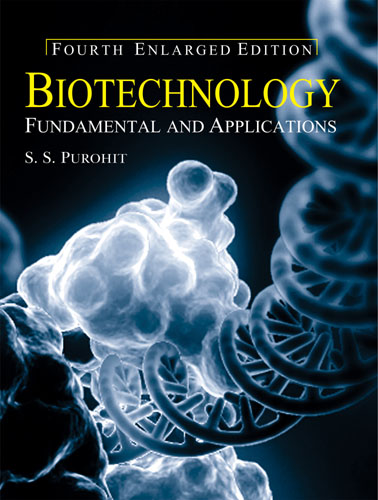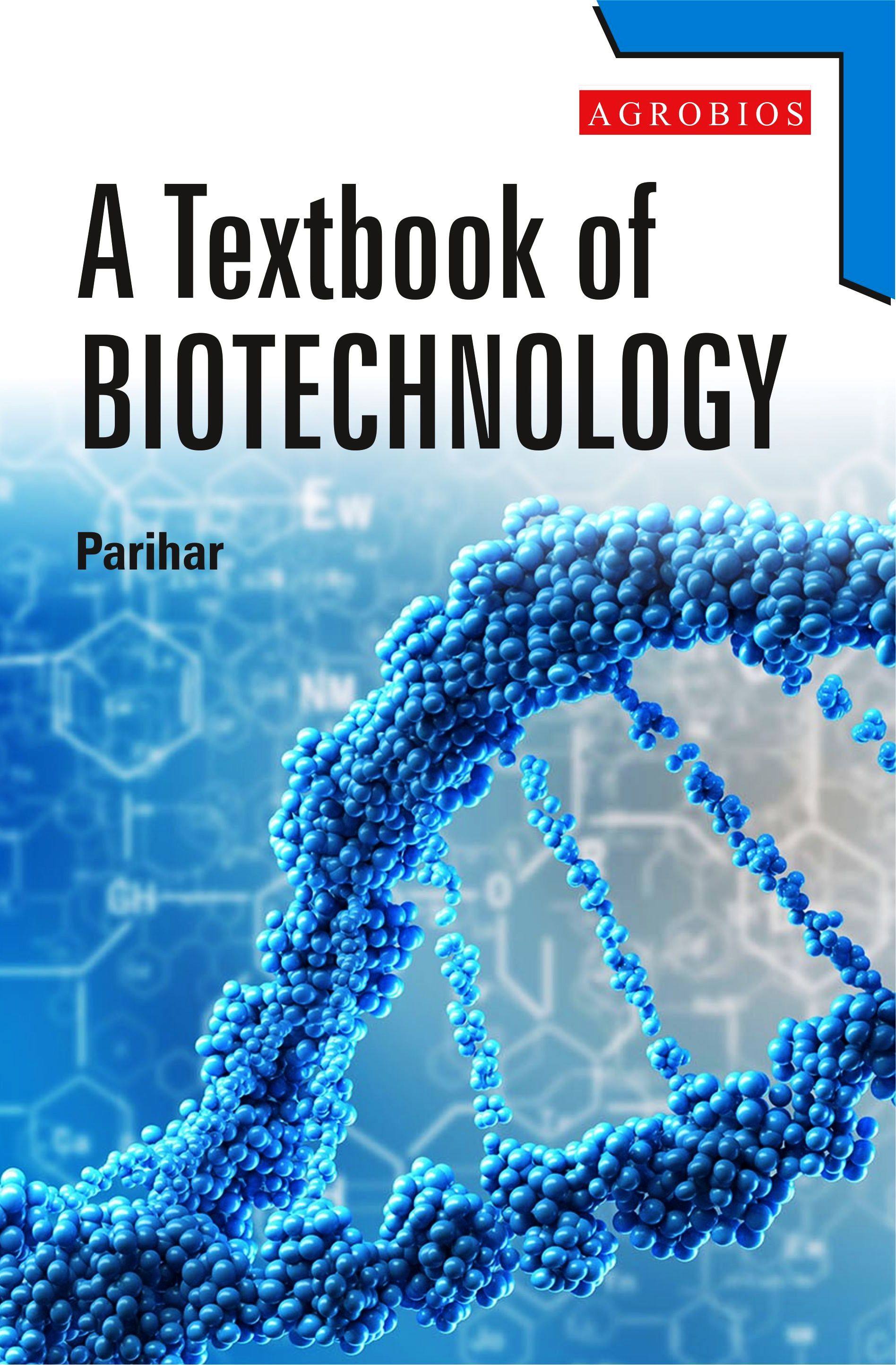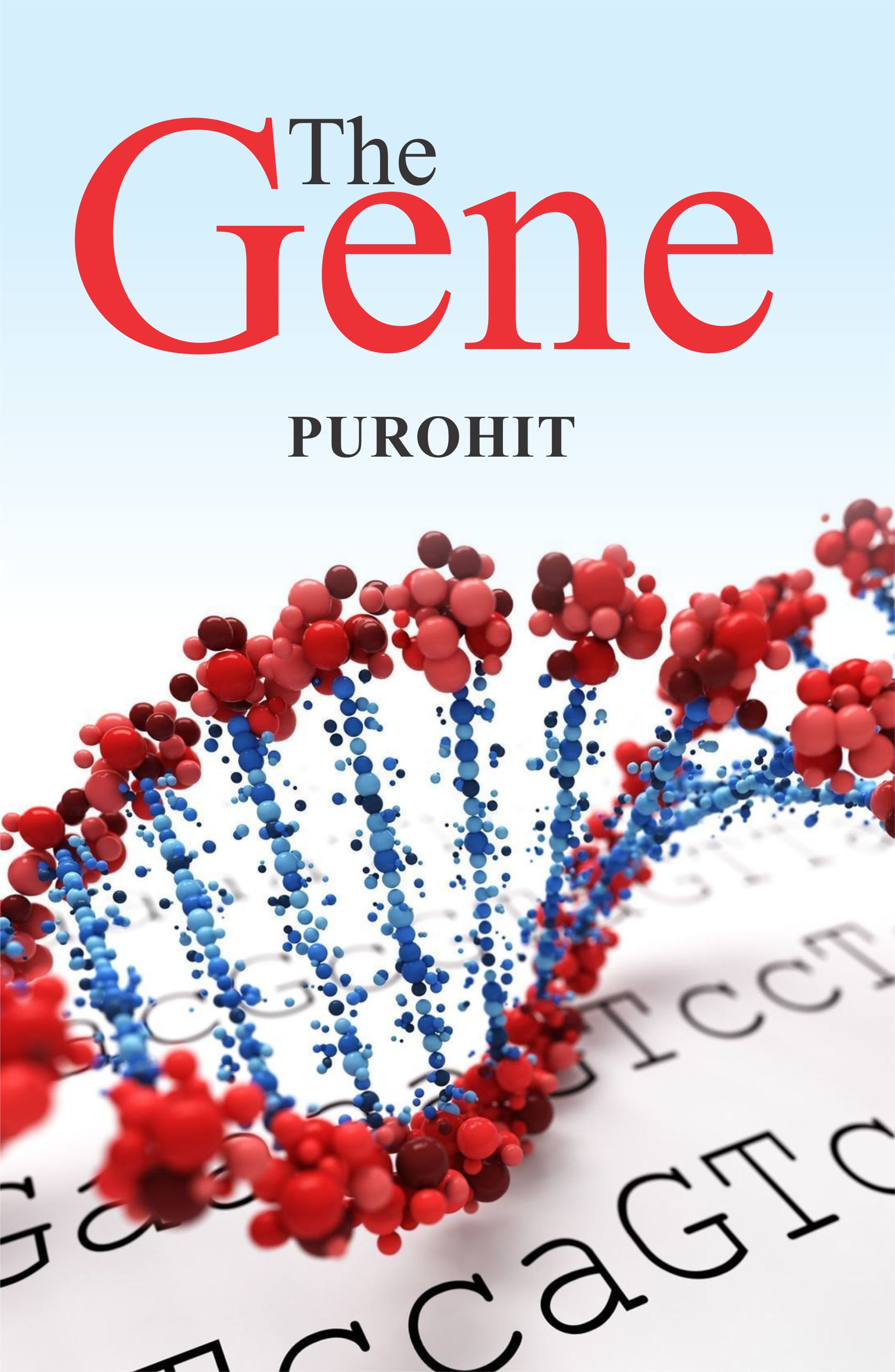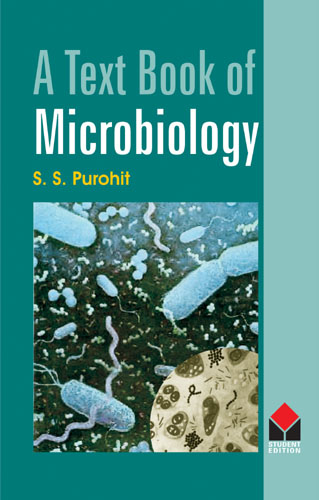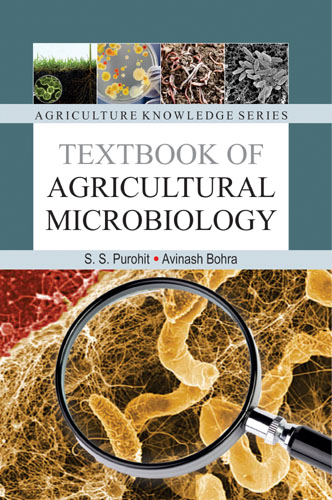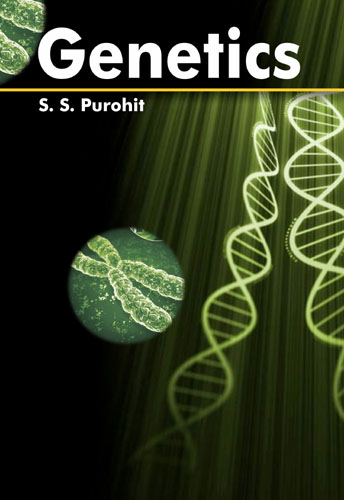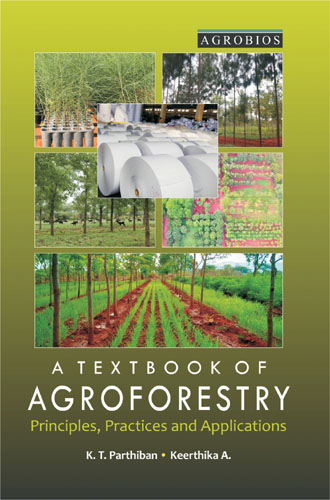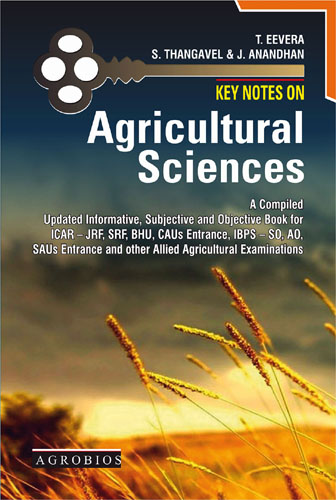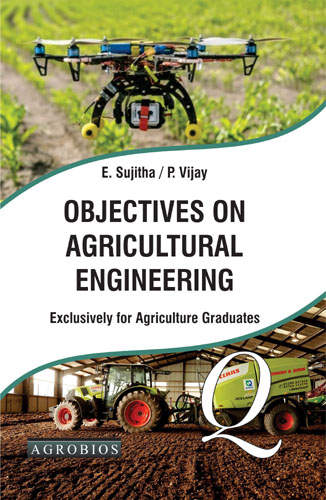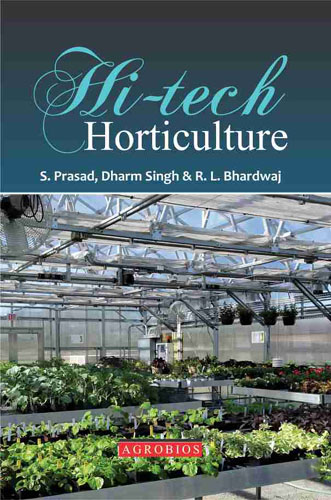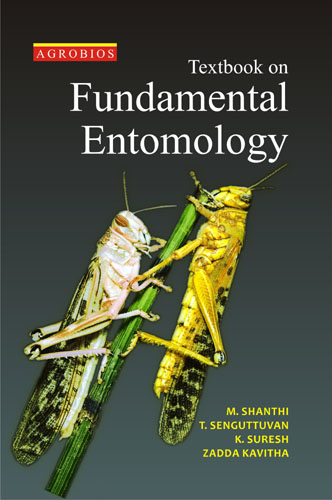Biotechnology: Fundamentals And Applications (4th Ed.) (pb)
Biotechnology is the manipulation of biological organisms to make products that benefit human beings. Biotechnology contributes to such diverse areas as food production, waste disposal, mining, and medicine. Although biotechnology has existed since ancient times, some of its most dramatic advances have come in more recent years. Modern achievements include the transferal of a specific gene from one organism to another (by means of a set of genetic engineering techniques known as transgenics); the maintenance and growth of genetically uniform plant- and animal-cell cultures, called clones; and the fusing of different types of cells to produce beneficial medical products such as monoclonal antibodies, which are designed to attack a specific type of foreign substance.
Biotechnology contributes to such diverse areas as food production, waste disposal, mining, and medicine. Although biotechnology has existed since ancient times, some of its most dramatic advances have come in more recent years. Modern achievements include the transferal of a specific gene from one organism to another (by means of a set of genetic engineering techniques known as transgenics); the maintenance and growth of genetically uniform plant- and animal-cell cultures, called clones; and the fusing of different types of cells to produce beneficial medical products such as monoclonal antibodies, which are designed to attack a specific type of foreign substance.
When these technologies are applied at industrial level, they constitute bio-industry which include, on the one hand, industrial activities where biotechnologies can replace technologies normally or currently in use and, on | the other hand, industrial activities where biotechnologies play an important driving role. There are several areas in which these technologies are being used. The important are chemical industry, food industry (mass production of yeast, algae and bacteria with a view of providing proteins, amino acids, vitamins, and use of enzymes), agricultural productivity, pharmaceutical industry, environmental protection and abatement of pollution, etc. Biotechnology is also helpful in feeding the World.
Biotechnology has multiple faces. The expansion of biotechnology in the medical arena, agricultural techniques (like, breeding and growth control, including genetic engineering for yield and quality traits, metabolite production, rapid clonal propagation, and germplasm conservation, etc.), in microbial agro-biotechnology (including new approaches to plant pest control, biofertilization, bioremediation, and fermentation of agricultural products), livestock biotechnology (including genetic manipulations for improving fertility and reproduction, growth, milk quality, egg production and disease control), marine biotechnology (including the use and improvement of fish, macro- and micro-algae for food and biochemical production and environmental uses) made the studies of biotechnology essential for students. All these domains are concerned with food production and the conservation of our environment.
Dr. Purohit SS
 555
555
Table of Contents..
- Biotechnology: An Overview
- DNA, Gene, Genome, Protein Synthesis and DNA Chip Technology
- Applications of Genetic Engineering
- Enzymes in Genetic Engineering (Nucleic Acid Enzymology)
- Gene Cloning Vectors
- Recombinant DNA Technology
- Genetic Engineering Techniques
- Expression of Induced Genes
- Gene Silincing and Antisense Technology
- Scope, Achievements and Hazards of Genetically Modified Crops
- Eco-Social Impact of Genetically Modified Crops/Foods
- Plant Tissue Culture: Principles and Methodology
- Histological and Photographic Techniques for Plant Tissue Culture
- Protoplast Technology
- Micropropagation in Plants
- Somatic Embryogenesis
- Somaclonal and Gametoclonal Variant Selection
- Gynogenesis and Crop Improvement
- Synseeds or Synthetic Seeds
- Plant Tissue Culture Some Related Aspects
- Animal Cell and Tissue Culture
- Immunology, Serology and Vaccines
- Animal Health Biotechnology
- Antimicrobial Drugs and Biotechnology
- Applications of Animal Biotechnology
- Transgenic Animal Technology
- Biotechnology in Fisheries
- Biotechnology and Transgenic Plants
- Biotechnology and Forestry
- Biotechnology of Biofertilizers Production
- Enzyme and Biotechnology
- Production of Enzymes and Fermentation Technology
- Enzyme Immobilization
- Industrial Fermentation Technology
- Enzyme-Based Industrial Fermentation Technology
- Applications of Enzymes in Industries
- Biotechnology Biomass Energy
- Biotechnology Environmental Protection
- Biosensors, Biochips, Biofilms and Biosurfactents
- Biotechnology and Biodiversity Conservation
- Biotechnology and Ethics
- Bioinformatics
- Nanotechnology
Book Details
Book Title:
Biotechnology: Fundamentals And Applications (4th Ed.) (pb)
Biotechnology: Fundamentals And Applications (4th Ed.) (pb)
Book Type:
TEXT-CUM-REFERENCES BOOK
TEXT-CUM-REFERENCES BOOK
No Of Pages:
822
822
Color Pages :
0
0
Color Pages :
0
0
Book Size:
AMERICAN ROYAL (6X9)
AMERICAN ROYAL (6X9)
Weight:
1100 Gms
1100 Gms
Copyright Holder:
All Rights Reserved
All Rights Reserved
Imprint:
STUDENT EDITION
STUDENT EDITION
Readership:
PG STUDENTS | UG STUDENTS |
PG STUDENTS | UG STUDENTS |
Associated Subjects:
Agricultural Sciences , Life Sciences , Veterinary And Animal Sciences , Pharmacy , Environmental Sciences ,
Agricultural Sciences , Life Sciences , Veterinary And Animal Sciences , Pharmacy , Environmental Sciences ,



